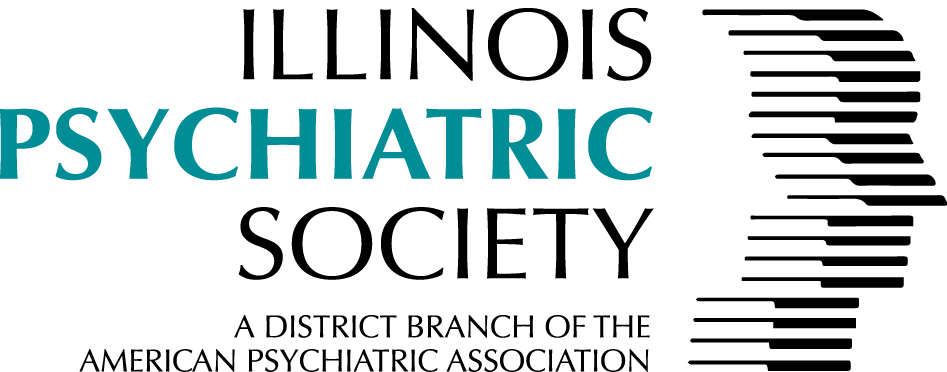Summer 2020 | Issue 44
Alone in Medicine
By: Sarah Michael, MD
The smell of grilled steak and chicken filled the room. Bright colors hung from the tables and windows. Clusters of people snaked throughout the room, drink in hand, meeting one another and laughing. There was excitement and a rivaling, anxious uncertainty, intertwined with feelings of hope and belonging. My husband and I, at the time, had just become engaged.
A car ride away, a coworker and friend spent the day alone. She finished up a grueling two weeks of night shifts, during which she was responsible for all the psychiatric needs that arose throughout the hospital. She would get ready for her shift before others arrived home from work and end after others had started their day. She spent her waking hours in a small, cinder block room, consisting of a bed furnished with sterilized blankets, a computer, and a television that broadcasted a few news channels. I celebrated acceptance into another family; she took her life.
Death hurts, but her suicide swallowed me whole. I don’t know what she did the day she ended her life, but the depth of her aloneness has become an imagined memory for me, hiding struggles with depression and demons; dreams and longing.
The feeling of isolation is a known and well-studied risk factor of suicide. Today, it is more relevant than ever. COVID-19 in a surreptitious and overwhelming manner, changed the way we live. Public health priorities have reasonably been on preventing the spread of COVID-19, galvanizing action on a global scale that has included self-quarantine and social distancing. While these measures have been effective, these measures have amplified what it means to be alone: a man who has not spoken to or embraced anyone in months; an elderly woman who doesn’t know how to use Zoom; a family that doesn’t own a computer to connect to their loved ones in the state over; a young, gay college kid stuck with his parents who haven’t quite accepted him yet.
We have yet to become fully aware of the ramifications of these necessary interventions. Initial surveys have found that the population is experiencing increased stress, as well as anxiety and depressive symptoms.1 Predicting the consequences of COVID-19 on mental health is more than just understanding how anxiety and depression emerge, present, and evolve. It is important that we understand aloneness and learn how to elicit information about this feeling from our patients, colleagues, friends, and family.
The Interpersonal Theory of Suicide postulates that suicidal desire emerges when someone experiences intractable feelings of “perceived burdensomeness” and “thwarted belongingness,” or the feeling of being alone.2 Aloneness can be described concretely as not having others around. There can also be the perception of aloneness: the feeling of being alone while in a crowd. Loneliness says you don’t belong to a transient community. In aloneness, you believe that you don’t belong to this world—and you never will.
I often wonder why my colleague felt alone; why she chose to keep her struggles hidden from a group of young and self-described, open-minded psychiatrists in training. Surely, we have all struggled with monsters, but were we willing to make ourselves vulnerable enough to talk about it with our colleagues? What does vulnerability look like in a field that is both professional and highly stigmatizing? What does it mean to make others feel less alone? With our patients, it means active, non-judgmental listening. We ask about each person’s personal life, including their home and social circumstances, and the nature of their connections. We explore their sense of self-worth with curiosity. It may mean being more generous with our time and empathy.
To my colleagues, we are at a higher risk of suicide than the general population simply because we are physicians. Similar to the stance we take with our patients, we must be non-judgmental and curious with one another, taking the time to step outside our busy days and ourselves. When we laugh and use dark humor to get through the day with our colleagues during discussions and rounds, we must ensure we don’t further stigmatize diagnoses such as depression, anxiety, substance use, or personality disorders. Many professionals wear these diagnoses well.
Whether or not a decreased sense of aloneness would have led to different circumstances is forever unknown, but I hope to always strive to make others feel valued, loved, and comfortable in who they are.
If you are in crisis, please visit the National Suicide Prevention Line or call 1-800-273-8255.
References:
1. Rajkumar RP. COVID-19 and mental health: A review of the existing literature [published online ahead of print, 2020 Apr 10]. Asian J Psychiatr. 2020;52:102066. doi:10.1016/j.ajp.2020.102066
2. Chu C, Buchman-Schmitt JM, Stanley IH, et al. The interpersonal theory of suicide: A systematic review and meta-analysis of a decade of cross-national research. Psychol Bull. 2017;143(12):1313-1345. doi:10.1037/bul0000123

